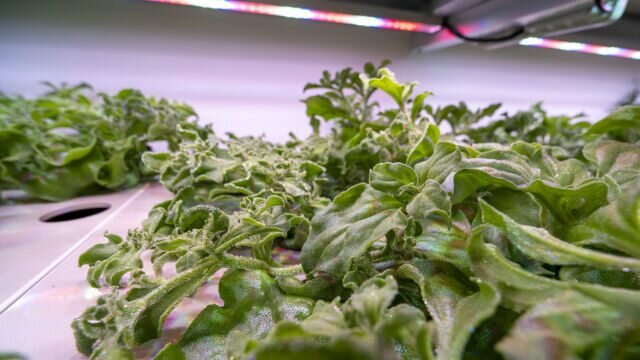WHAT IS AQUAPONICS
Aquaponics
Fish and plants in a complex, natural and controlled cycle.
Modern agriculture by Future Farming:
WE ARE FUTURE FARMING
Future Farming builds aquaponic, hydroponic, and RAS farms, because we believe that modern agriculture brings hope for a healthy and sustainable future. We believe that modern agriculture will provide enough fresh, quality food for everyone and that our business in this sector is changing the world for the better.
Future Farming


We want to continue to turn brownfield land into highly functional aquaponic, hydroponic and RAS eco-farms that produce the highest quality food.
We want to increase the availability of modern farming and food self-sufficiency in the Czech Republic.
Our vision is to have at least one aquaponic, hydroponic or RAS farm near every regional capital to supply its residents with local food produced in an organic and sustainable manner.
You can invest in acquiring your own technology or farm as well as in financial products in the form of Future Farming’s shares and bonds. You can also offer us land, greenhouses and sheds to build a new aquaponic, hydroponic or RAS farm.

Martin Podoba
Economist and Executive Officer of Future Farming s.r.o.

Michal Fojtík
Visionary and Executive Officer of Future Farming s.r.o.
Join the 21st century modern farming community. You too can contribute to a better future for our country. It’s easy.